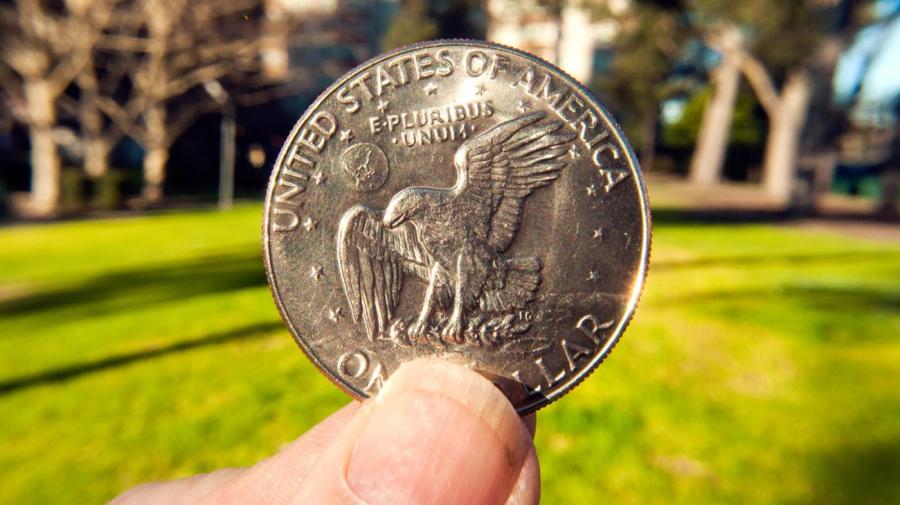What Are the Chemical and Physical Properties for Silver?

The physical properties of silver include that it is malleable, has a high degree of luster, is soft and has high density. Chemical properties of silver include that it doesn’t react with gases like oxygen and nitrogen.
Silver is a whitish metal that can be polished to a silvery shine. It’s ductile so it’s easy to beat it into thin sheets. Silver also has the physical property of being malleable, which means that it’s possible to bend or shape the metal at will. Silver is also an excellent conductor of both heat and electricity. In fact, it has the most electrical and heat conductivity of any metal. This makes it an important metal in many modern industrial applications. Chemically speaking, silver is resistant to oxygen, nitrogen and hydrogen at normal temperatures. A thin layer of silver right at the surface of the metal does eventually oxidize however. Silver is also chemically interesting in that it can form many new compounds and dissolves into many solutions. This is what makes silver potentially deadly in humans. It can be absorbed slowly by the body’s tissues and organs. Contact with the eyes is particularly damaging to the corneas. High concentrations of silver may lead to death.





